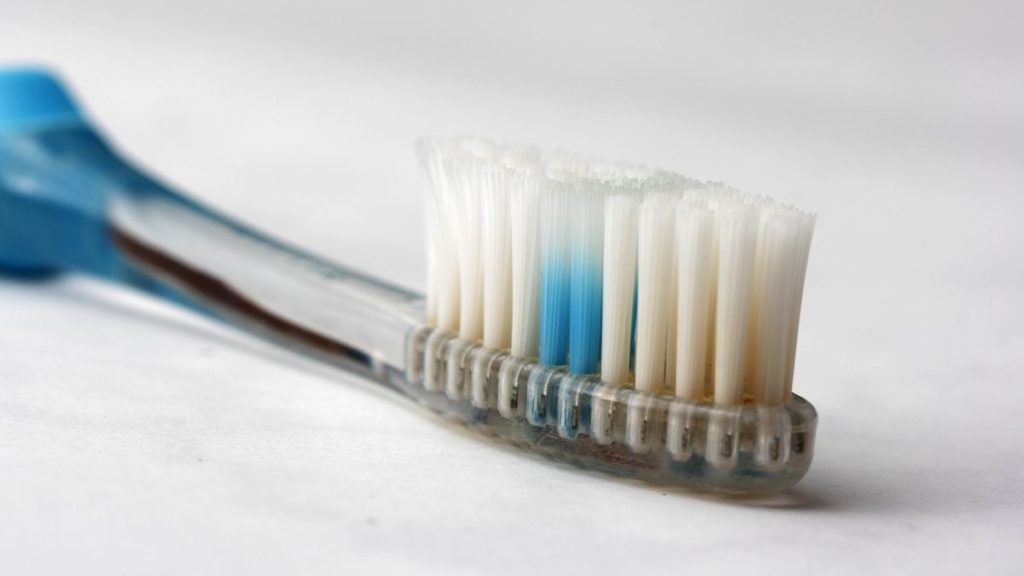Your choice of toothbrush and toothpaste plays a vital role in maintaining good oral hygiene. With a plethora of options available in the market, it’s essential to make informed choices to ensure your daily oral care routine is effective. In this article, we will guide you through the process of selecting the right toothbrush and toothpaste that suit your individual needs and preferences.

Choosing the Right Toothbrush
Selecting the right toothbrush is the foundation of effective oral hygiene. Here are some factors to consider when making your choice:
1. Bristle Type : Toothbrushes come with soft, medium, or hard bristles. Dentists generally recommend soft-bristle brushes because they are gentle on your gums and tooth enamel while effectively removing plaque and debris.
2. Head Size : Opt for a toothbrush with a head size that comfortably fits in your mouth and can reach all areas, including the back teeth.
3. Handle Design : Choose a toothbrush with a handle that is comfortable to grip and easy to maneuver.
4. Manual or Electric : Both manual and electric toothbrushes can be effective, but some individuals may find that an electric toothbrush with a built-in timer helps ensure they brush for the recommended two minutes.
5. Bristle Arrangement : Toothbrushes come with various bristle arrangements, such as flat, tapered, or rippled. Select the one that feels most comfortable in your mouth and effectively cleans your teeth.
6. ADA Seal of Approval : Look for toothbrushes that have received the American Dental Association (ADA) Seal of Approval. This ensures they meet industry standards for safety and effectiveness.
Choosing the Right Toothpaste
Toothpaste is another essential component of your oral care routine. Here’s how to choose the right one:
1. Fluoride Content : Most toothpaste contains fluoride, a mineral that strengthens tooth enamel and helps prevent cavities. Ensure your toothpaste has fluoride, as it is a crucial ingredient in maintaining oral health.
2. Avoid Abrasives : Be cautious of toothpaste with abrasive ingredients that can harm your enamel. Look for toothpaste that is gentle on your teeth.
3. Specialized Needs : If you have specific dental issues like sensitivity, gum disease, or stained teeth, choose a toothpaste formulated to address those concerns. For example, fluoride toothpaste for sensitive teeth can help alleviate discomfort.
4. Whitening : Whitening toothpaste can help remove surface stains and brighten your smile over time. However, it’s not a substitute for professional teeth whitening treatments.
5. Taste and Texture : Select a toothpaste flavor and texture that you enjoy, as this can encourage regular brushing. Common flavors include mint, cinnamon, and fruit.
Combining Your Choices for Optimal Oral Care
Remember that the right toothbrush and toothpaste work together to keep your teeth and gums healthy. Use a soft-bristle toothbrush with fluoride toothpaste to brush your teeth at least twice a day. Be thorough in your brushing technique, and don’t forget to floss daily to remove debris and plaque from between your teeth.
In conclusion, selecting the right toothbrush and toothpaste is essential for maintaining good oral hygiene. By considering factors like bristle type, fluoride content, and your specific needs, you can make informed choices that contribute to a healthy and beautiful smile. Regular dental checkups are also crucial to monitor your oral health and receive professional guidance on your oral care routine.
Designed By Infinite Digital